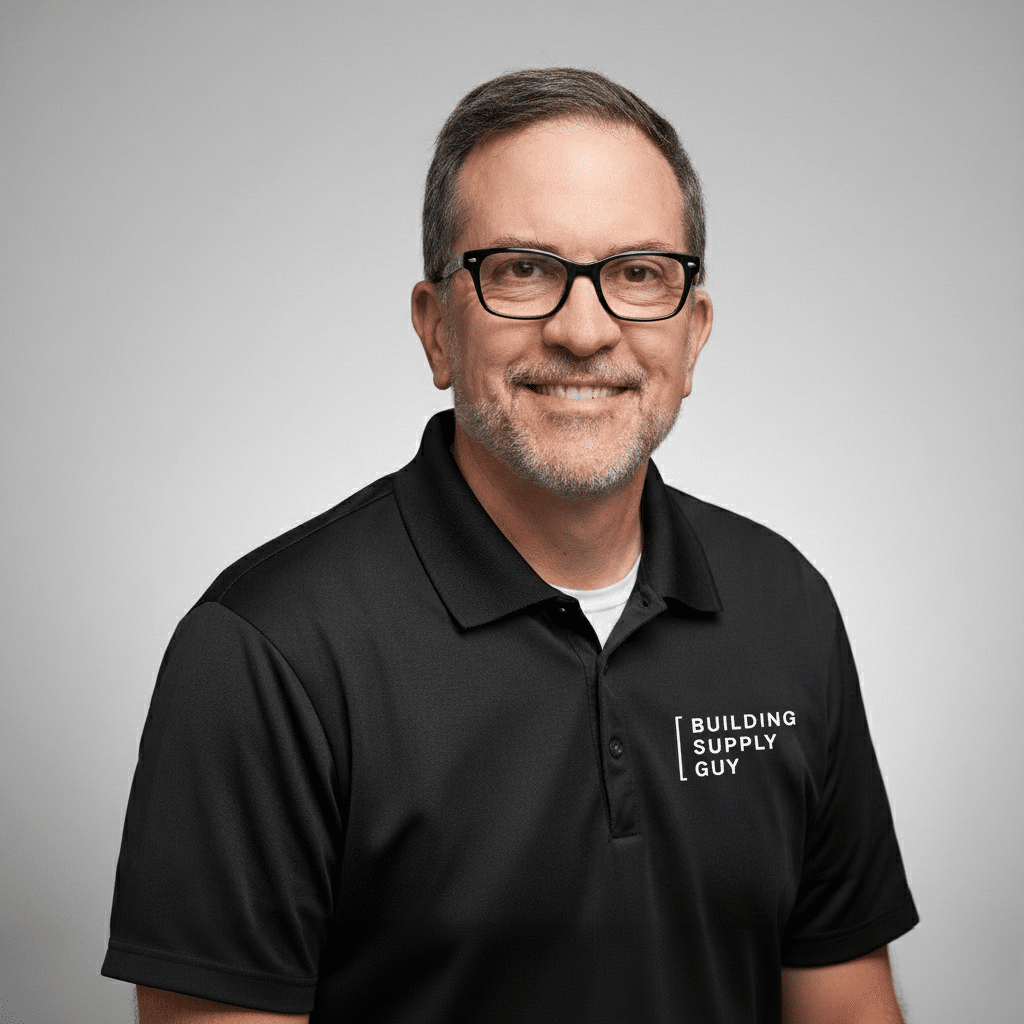Your furnace filter is one of the hardest-working components in your home, yet it’s probably the most misunderstood. Believing the wrong information about furnace filters can cost you hundreds of dollars in wasted energy, lead to expensive repairs, and compromise your indoor air quality. Let’s bust five common myths that might be costing you money and comfort right now.
Myth #1: “The Cheapest Filter Works Just as Well”
Walking down the filter aisle at your local hardware store, you might wonder why some filters cost $3 while others are $30 or more. It’s tempting to grab the cheapest option and move on with your day.
The Reality: Not all filters are created equal, and the cheapest option only does the bare minimum. Basic fiberglass filters (usually MERV 1-4) are designed to catch large particles like dust bunnies and lint. They’ll protect your furnace from major debris, but that’s about it.
If you have pets, allergies, or simply want cleaner air, these basic filters will miss most of what matters. Pet dander, pollen, mold spores, and fine dust particles sail right through. Mid-range pleated filters (MERV 8-11) capture significantly more particles and still allow proper airflow. For allergy sufferers or homes with pets, this middle tier offers the best value for most households.
The key is matching your filter to your needs, not just your budget. A $15 filter that improves your air quality and protects your system is a better investment than a $3 filter that does neither effectively.
Myth #2: “You Only Need to Change Filters Once a Year”
Many homeowners treat filter changes like they treat changing smoke detector batteries: something to do once a year and forget about. Some people even wait until their annual furnace maintenance to swap it out.
The Reality: Most furnace filters need to be changed every 1-3 months, and waiting longer can seriously damage your system. A clogged filter forces your furnace to work much harder to pull air through, which increases your energy bills and puts stress on the blower motor.
Think of it this way: a dirty filter is like trying to breathe through a pillow. Your furnace is struggling with every cycle, wasting energy and wearing out components faster. In extreme cases, restricted airflow can cause your heat exchanger to overheat and crack, a repair that can cost thousands of dollars.
How often you should change your filter depends on several factors:
- Basic homes without pets: Every 90 days
- Homes with one pet: Every 60 days
- Homes with multiple pets or allergies: Every 30-45 days
- During heavy use seasons (winter and summer): Check monthly
Set a reminder on your phone or mark your calendar. This simple habit can extend your furnace’s life by years and cut your heating bills by up to 15%.
Myth #3: “A Higher MERV Rating Is Always Better”
MERV stands for Minimum Efficiency Reporting Value, and it measures how effectively a filter captures particles. If MERV 8 is good, then MERV 16 must be better, right?
The Reality: Using too high a MERV rating can actually harm your furnace. Higher-rated filters are denser and create more resistance to airflow. If your system wasn’t designed for this restriction, it will struggle to pull air through, leading to the same problems as a dirty filter: higher energy costs, system strain, and potential damage.
Most residential HVAC systems are designed for filters in the MERV 8-13 range. Hospital-grade filters (MERV 14-16) are often too restrictive for home systems unless you have a specially designed HVAC setup with a powerful blower motor.
Before upgrading to a high-efficiency filter, check your furnace manufacturer’s recommendations in your owner’s manual. They’ll specify the maximum MERV rating your system can handle. Exceeding this rating doesn’t make your air cleaner; it just makes your furnace work harder and potentially fail sooner.
For most homes, MERV 8-11 filters offer the sweet spot of effective filtration without restricting airflow.
Myth #4: “The Filter Protects Your Health, Not Your Furnace”
With all the marketing around air quality and allergen reduction, many people believe the primary purpose of a furnace filter is to protect their health and improve indoor air.
The Reality: It’s actually the opposite. The main job of your furnace filter is to protect your HVAC equipment from dust, debris, and particle buildup. Improved air quality is a secondary benefit that comes with higher-quality filters.
Your furnace has sensitive components that can get clogged with dust, the blower motor has bearings that can wear out prematurely when coated in grime, and the heat exchanger can accumulate buildup that reduces efficiency. The filter acts as the first line of defense against all this damage.
That said, this doesn’t mean you should ignore air quality benefits. By choosing a mid-to-high efficiency filter (MERV 8-13), you get both equipment protection and better air filtration. You’re not choosing between your furnace’s health and your family’s health; you’re choosing a filter that serves both purposes effectively.
If air quality is a major concern due to severe allergies, asthma, or other respiratory issues, consider adding a dedicated air purifier rather than forcing your furnace to do more than it’s designed for.
Myth #5: “All Filters Fit the Same Way, Direction Doesn’t Matter”
When you’re holding a new filter, it might seem like you can slide it in either way. After all, air flows through it regardless, right?
The Reality: Furnace filters have a specific direction they must be installed, and the arrows on the frame are there for a critical reason. These arrows indicate the direction of airflow, and they should always point toward the furnace and away from the return duct.
Filters are designed with a specific structure. Air enters through the looser side and exits through the tighter, more compressed side. Installing a filter backward reduces its efficiency significantly because air is trying to push through the filter in the wrong direction. This can cause the filter media to collapse or compress improperly, creating gaps where unfiltered air can bypass the filter entirely.
Backward installation can also increase resistance to airflow, making your furnace work harder just like a clogged filter would. Over time, this damages your system and wastes energy.
Before you slide that filter in, take two seconds to check the arrow. It seems like a small detail, but it makes a real difference in both equipment protection and air quality.
The Bottom Line: Smart Filter Choices Save Money
Furnace filters might seem like a minor detail in home maintenance, but the myths surrounding them can lead to expensive mistakes. Understanding how filters really work helps you make smarter choices that protect both your equipment and your wallet.
Here are quality filter options worth considering based on different needs:
For Most Homes: Filtrete MPR 1500 or 1900 (MERV 11-13) offers excellent particle capture without excessive airflow restriction. These pleated filters trap allergens, pet dander, and fine dust while maintaining proper airflow for most residential systems.
For Budget-Conscious Homeowners: Nordic Pure MERV 8 pleated filters provide solid performance at a reasonable price point. They’re a significant upgrade from basic fiberglass filters without breaking the bank.
For Allergy Sufferers: Honeywell Elite Allergen MERV 11 filters specifically target allergen particles and are designed for homes where air quality is a priority. Just confirm your system can handle MERV 11 before upgrading.
For Pet Owners: Arm & Hammer Enhanced Pet Fresh MERV 11 filters include odor-reducing properties along with effective particle capture, helping tackle both air quality and pet-related smells.
Whatever filter you choose, remember that the best filter is one that matches your system’s specifications, fits your household’s needs, and gets changed regularly. A mid-range filter changed every 60 days will always outperform a premium filter that’s been choking your system for six months.
Check your filter today, mark your calendar for the next change, and stop letting these myths cost you money.
Rick Wedding
Rick Wedding is the founder of Building Supply Guy and has been in the building materials industry since 1987. His mission is to make selecting products and services for your home less complicated.
Get access to tips, project ideas, behind the scenes video, and live Q&A sessions. We make Home Improvement (Less Complicated)
Get Access Now